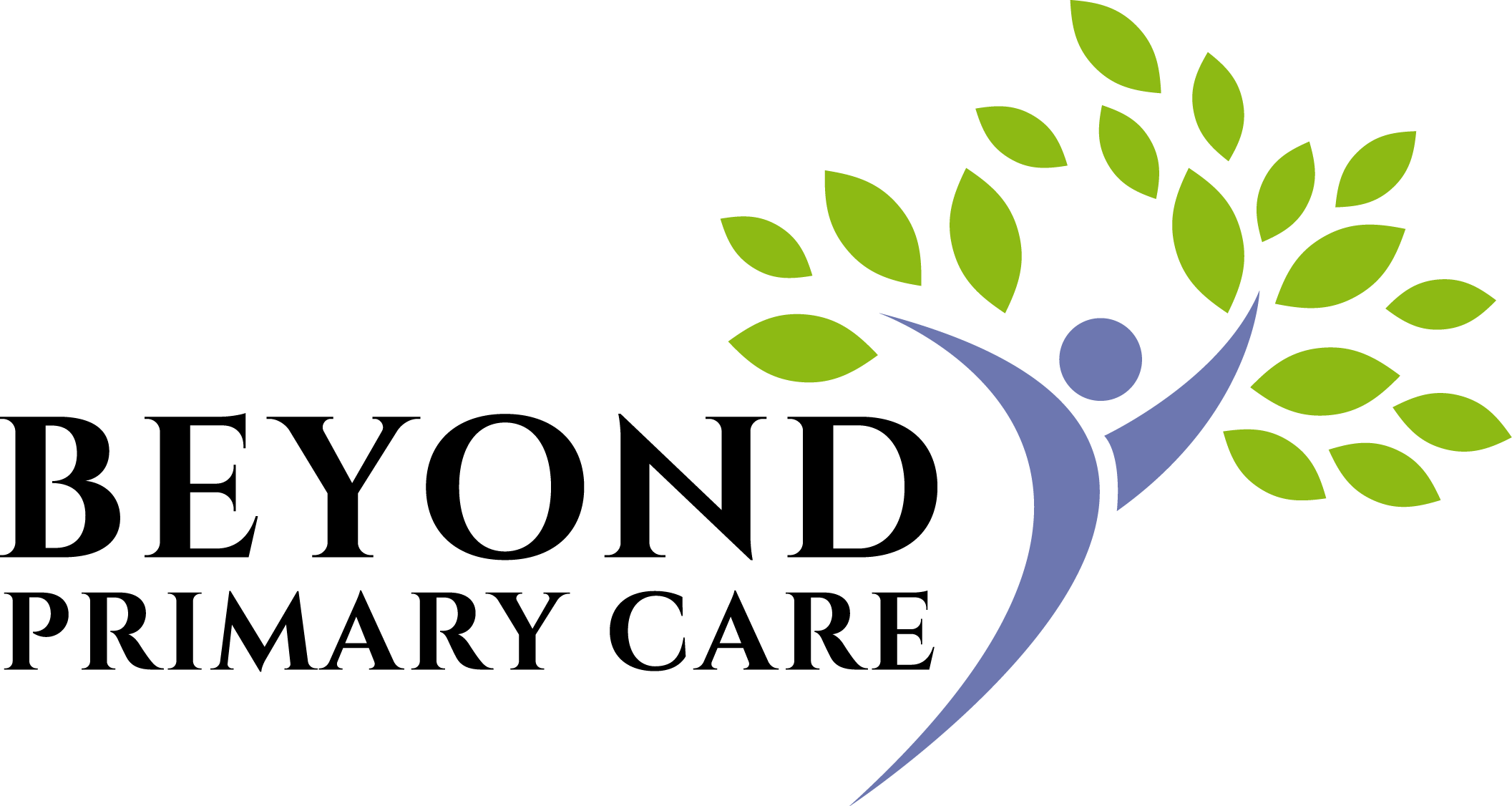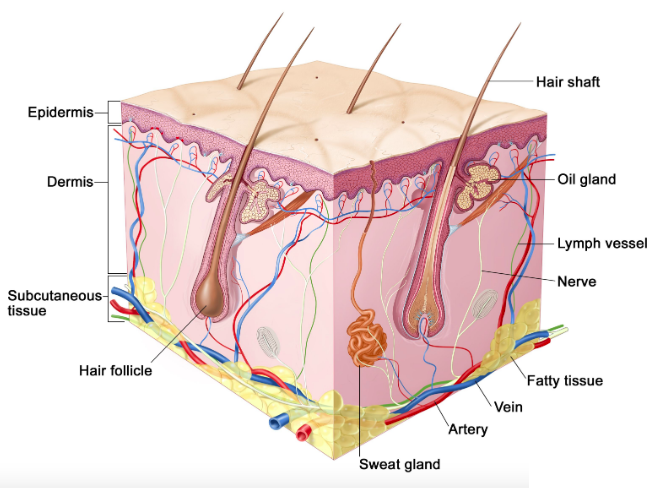Sun Safety
Hi, thank you for coming back for the latest edition of Beyond Primary Care’s blog- relief for prescription drug prices. In Beyond Primary Care blogs we highlight healthcare news, advice for medical conditions, and how membership for care works! Beyond Primary Care is an insurance free, membership based family medicine clinic. Beyond Primary Care is the highest rated Direct Primary Care clinic serving patients in Ann Arbor and throughout Washtenaw, Livingston, and Wayne counties giving families and employers peace of mind about healthcare costs by providing affordable and accessible primary care services.
The primary purpose of the blog is to introduce healthy lifestyle concepts and answer common questions we receive from patients that we believe are important. We want to start discussions that will help educate, benefit, and improve your well-being.
In this blog post, we want to educate our patients and any prospective patients about sun safety.
Why Protect Yourself
Skin cancer is serious, and the primary source of skin cancer is the sun’s ultraviolet (UV) radiation. UV rays are an invisible kind of radiation that comes from the sun, tanning beds, and sunlamps. UV rays can damage skin cells, leading to squamous cell and basal cell cancer, that begin in the basal and squamous layers of the skin, respectively. Melanoma, another type of skin cancer, begins in the melanocytes.
While clouds do prevent some sunlight from being seen, they do not prevent harmful UV sun rays that can cause skin cancer. Additionally, UV rays can reflect off surfaces like water, cement, sand, and snow.
Sunscreen
Apply broad spectrum sunscreen anytime you leave the house, at minimum SPF 30. All exposed skin should be protected with sunscreen 15 minutes before going outside. Remember to reapply every two hours while outdoors, or after swimming, sweating, or toweling off.
All scientific studies have demonstrated there is no risk in using sunscreen as directed as it reduces your risk of skin damage and all types of skin cancer. A base tan will not protect your skin. All tanning is skin damage and can potentially lead to skin cancer as well as cosmetic issues like premature aging.
Sunscreen is not recommended for babies who are 6 months old or younger and it is recommended to keep infants out of the sun during midday and use protective clothing if they have to be in the sun.
Sun Protection Factor, or commonly referred to as SPF, is a measure of how much UV radiation is needed to produce a sunburn on skin protected with sunblock. As the SPF value increases, sunburn protection increases. Still, this value is influenced by factors such as skin type, the amount of sunblock applied, and reapplication frequency.
Protect Your Eyes From The Sun
Sunglasses not only can look pretty cool on adults and kids, but they also help block dangerous UV rays. People with lighter colored irises, like blue or green, will have more sensitivity to sunlight. You don’t need to buy expensive ones, just look for sunglasses labeled “100% UV protection.” Sunglasses also reduced the risk of cataracts and macular degeneration, common causes of age-related loss of vision.
Screening Tests
Report any unusual spots, lesions, moles, or skin changes to your doctor. If the area on your skin looks abnormal, a biopsy is usually done and the doctor will remove as much of the suspicious tissue as possible. A specially training pathologist then will look at the sample of skin under a microscope to check for cancer cells.
At Beyond Primary Care, we routinely offer our patients skin shave biopsies, punch biopsies, as well as excision biopsies of any suspicious looking skin lesions.
Thank you for reading
Dr. Jeff O’Boyle with Beyond Primary Care

